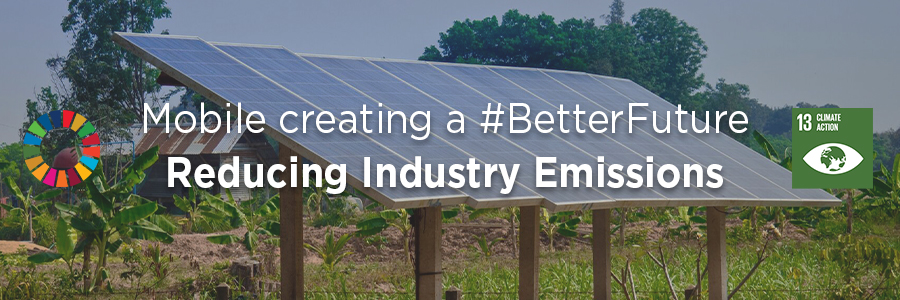
The mobile industry is playing a leading role in tackling climate change, developing a decarbonisation pathway aligned with the science-based target initiative (SBTi) and in line with the Paris Agreement target of achieving net-zero emissions by 2050. Accomplishing this goal would substantially reduce the risks and effects of climate change. The GSMA is working with participating operators and partnering with the international community, climate experts and third-party organisations to advance industry progress, establish best practices, and supporting disclosure and target setting.
The primary ways mobile network operators are mitigating their own emissions are through energy efficient initiatives, the sourcing of renewable energies and carbon offsetting.
The industry is also committed to advancing mobile technology innovations in areas such as big data and IoT that can enable energy efficient and environmental solutions across multiple sectors, including transport, manufacturing, agriculture, building and energy.
Mobile operators are changing the way business is done. Here are just a few examples of the innovative initiatives mobile network operators around the world are pushing to mitigate climate change.
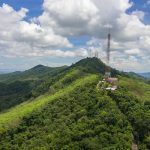
Clean Energy
In Uganda, mobile network operator MTN has installed 240,000 solar home systems delivering clean and affordable energy to two million people. Over 80% of the population do not have access to electricity, which has an enormous impact on the country. Reliance on dirty and expensive forms of energy such as kerosene not only presents huge safety risks, but has larger consequences for the country’s development. MTN Uganda and Fenix International have developed a Ready Pay Power System, which generates solar energy to power lights, radios, televisions and even charges mobile phones. This can be paid off gradually using MTN’s mobile money service, which is accessible to 95% of Ugandans who lack energy access.
Resources

Responsible Business
BT in the United Kingdom are demonstrating responsible business practices through their own significant emission reductions and pledges to become a net zero carbon business by 2045. Efforts are now focused on educating and supporting their supply chain and customer base to follow suit. BT’s efforts to reduce emissions and combat climate change span more than 20 years. The technology company has reduced emissions by more than 80% since 1996 and set the science-based target after reaching a previous emissions goal four years early. As part of its 2020 ambitions, BT aims to help its customers cut their carbon emissions by at least three times their own end-to-end carbon impact. To date, BT has reached 1.8 times, enabling customers to avoid 10 million tonnes of carbon in 2016/17, up 32% on the previous year.
Resources
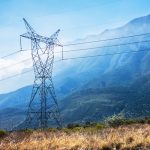
Green Electricity
Telefónica has implemented over 700 projects to reduce energy consumption and are making significant efforts to transition to renewable energies in Valencia, Spain. To date, these intelligent insights have demonstrated energy consumption has already been cut by up to 35%. Telefonica has ambitious targets to tackle climate change aligned with the Paris Agreement. In 2016, they launched a Renewable Energy Plan to decarbonize its activity. It will enable them to consume 100% green electricity by 2030, and reduce carbon emissions by more than 50%. Telefonica is currently 100% renewable in Europe and Brazil. The Renewable Energy Plan is a global initiative implemented with a local perspective. It includes renewable purchase possibilities, like long term agreements (PPA), and also self-generation with more than 4300 sites working with renewable electricity. Telefónica was a joint-winner for the ‘Green Mobile Award’ at Mobile World Congress (MWC) 2019
Resources
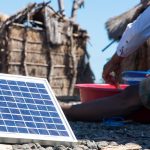
Sourcing Green Energy
Verizon has set a goal to reduce carbon intensity by 50% against their 2016 baseline. Success to date in reducing carbon intensity has been made possible by copper-to-fibre migrations, investments in green energy, building improvements and changes in fleet operations. Carbon intensity progress has increased by 46% towards their 2025 carbon intensity goal.
Resource

Energy Efficiency
In 2017, AT&T invested nearly $20 million to implement 17,489 projects that total to a gross annualised savings of $148.5 million. Since 2010, they implemented more than 83,000 energy-efficiency projects, resulting in annualised savings of $575 million.
Resources

Supply Chain Streamlining
Verizon has set a goal to reduce carbon intensity by 50% against their 2016 baseline. Success to date in reducing carbon intensity has been made possible by copper-to-fibre migrations, investments in green energy, building improvements and changes in fleet operations. Carbon intensity progress has increased by 46% towards their 2025 carbon intensity goal.
Resources

Reducing Emissions
87% of energy consumption in core markets is sourced from renewable electricity (GoO). This represents an emissions abatement of 148,000 tons CO2e (market based, scope 2). Teila are looking at investing in PPAs or large-scale self-generation to reduce the cost of renewables.
Resources
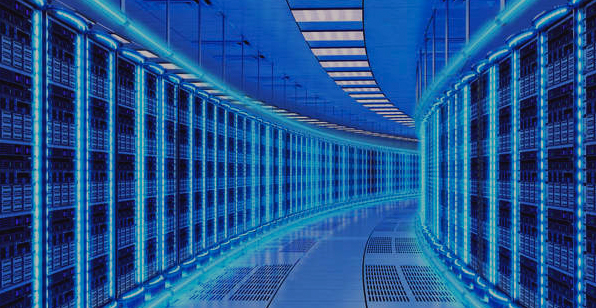
AT&T
AT&T has two innovative energy efficiency solutions; Efficiency-as-a-Service (EaaS), a platform that helps companies overcome obstacles to large-scale energy efficiency deployments, and a data-driven solution to realise energy and operations savings across a large, distributed portfolio of buildings delivered by the Energy and Building Management Solution (EBMS).
Resources
The GSMA works with mobile operators in collaboration with partners and international organisations on global climate action solutions. To get involved contact us by emailing [email protected]